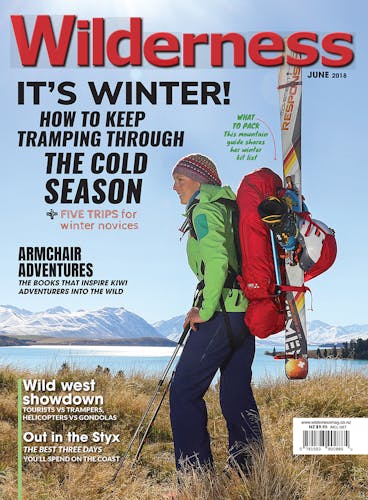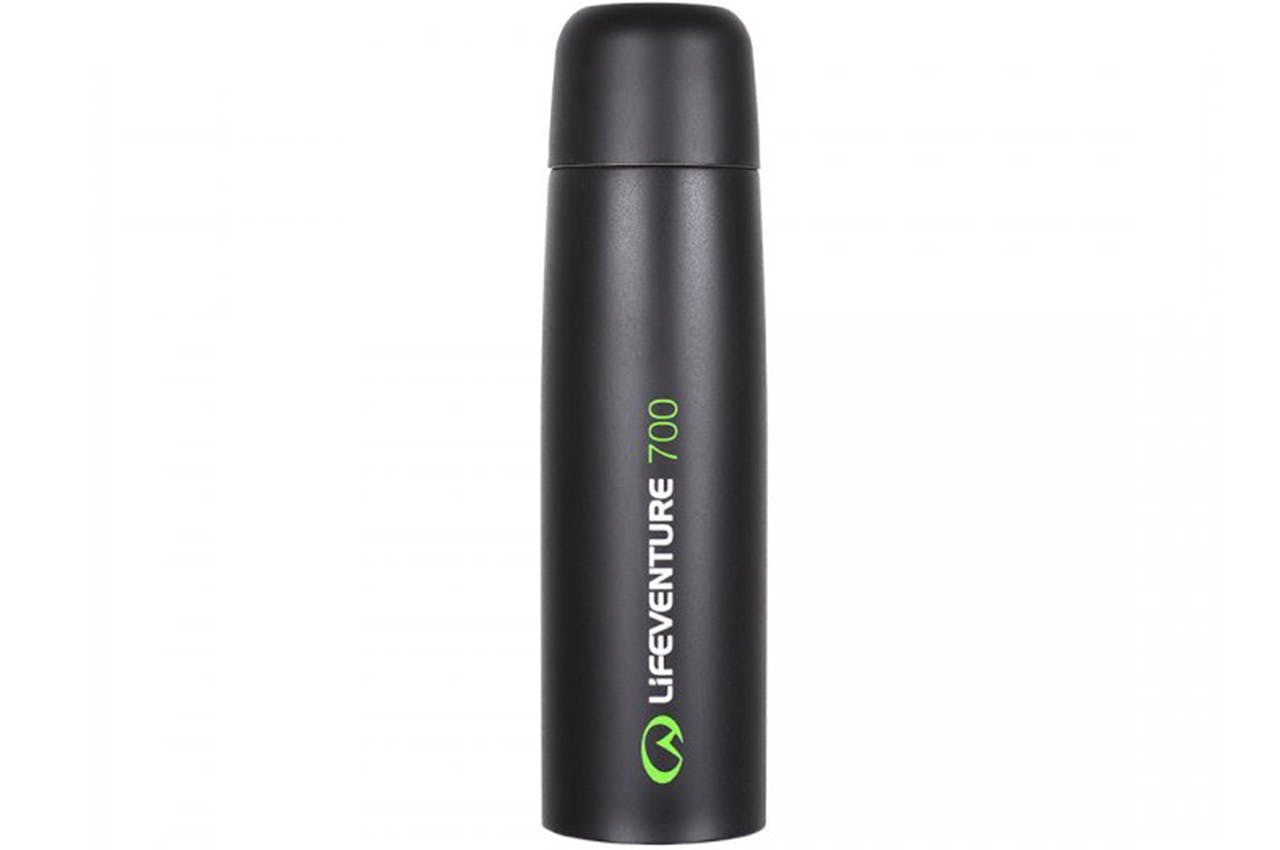Letter of the month
That’s the spirit
It was wonderful to experience such a positive caring atmosphere at Speargrass Hut in Nelson Lakes National Park over Easter weekend. Because you cannot book a bed in the 16-bunk hut, it is a case of first in, first served.
When I arrived with my son and granddaughter, there were three beds left so we said we would use two beds between us. Then another couple arrived and they said there was someone else coming and that they could have the last bed. Then another couple and a family of six arrived and so with some sharing of bedrolls and three tents, and some respectful negotiations, everyone was happy.
I haven’t laughed so much in my 40-year tramping experience as I did watching three young boys jumping off the boardwalk onto the speargrass.
The whole experience of wilderness in our parks, positive social interaction, hut life, and conservation being taught to the next generation is alive and well.
Thank you, DOC and all my fellow trampers.
– Rex Hunt, Richmond
– Rex receives a 700ml Lifeventure Vacuum Flask worth $44.95 from www.furtherfaster.co.nz. Readers, send your letter to editor@lifestylepublishing.co.nz for a chance to win.
Fitbit discrepancy no surprise
Your correspondent Kylie Brewer described how her Fitbit fitness tracker recorded walking distances of an extra 2-4km each day compared with distances shown in the brochure and on track signs (‘Queen Charlotte Track longer than promised’, Pigeon Post, March 2018). In total, she walked 80km compared to the 71km promoted.
To me, this is no surprise. I have been a tramper for many years and still use the NZMZ 260/Topo50 1:50,000 map series to plan trips. My tramping mate always takes his GPS device on our trips.
During four multi-day trips in the Kaweka, Kaimanawa, and Nelson Lakes areas, the GPS recorded an average of 15 per cent more distance along the track than what I had worked out using a ruler on the map. We also climbed an average of 22 per cent more than I estimated, counting contours on the map.
I understand that the GPS device (and, presumably, the Fitbit device) records every twist and turn walked along the track, and every small rise encountered.
I would expect the map and the device to give identical readings on a straight track with an even upwards grade, but have never checked this.
Perhaps we could develop a ‘difficulty index’ for a tramp, being the amount of discrepancy between the map readings and the actual distance/ climbing experienced. By this measure, Brewer’s experience on the Queen Charlotte Track matched my experiences described above.
– Mike Colley, Taupo
Gas cooker safety
On a recent trip, I arrived at a hut to reports of a gas cooker explosion which had occurred a few minutes earlier. My engineer’s mind started formulating questions faster than I could deal with them.
I was offered a description of what had occurred and shown the remaining evidence. A canister-mounted gas cooker was being used to cook a meal when the canister suddenly exploded. Fortunately, the force of the explosion was directed towards the wall rather than at hut occupants, some of whom were standing close by. The explosion destroyed the canister, cooker, saucepan and the food that was being cooked. The saucepan had punched a hole in the metal wall lining of the hut.
As I surveyed the damaged parts, I noticed a crumpled windshield which had been placed around the cooker to improve efficiency.
Although there were questions voiced about the quality of the gas canister, it seems almost certain that the real cause was the canister overheating.
Any container of pressurised gas will have a maximum pressure and as the pressure is influenced by temperature, this must be a serious consideration when using windshields.
On checking three different gas brands, I found all stated: ‘Do not expose to a temperature greater than 50°C’.
It is not hard to imagine this temperature being exceeded with the burner enclosed – billy on top, windshield wrapped around – in the same space as the gas canister.
Those who use a windshield should make sure it allows sufficient venting to limit the temperature rise beneath the cooker. The problem is completely avoided when using a burner with a remote fuel canister. In this case, wrap-around windshields can be used safely to improve efficiency.
– Jim Davidson, email
No escape via Speargrass Creek
The mountain forecast at the St Arnaud DOC office promised a good forecast – enough time for a visiting friend from Germany and me to shoot up to Lake Angelus, via Robert Ridge, returning the following day before the bad weather was due. However, by the afternoon it was raining, prematurely, and we arrived at the hut rather sodden.
The next morning it was still raining. The wind had also picked up substantially, which left us no choice but to take the recommended and publicised wet-weather option down Speargrass Creek.
Our descent began innocuously enough, but eventually, the stream required regular crossing. Later, when the exit point came into view we determined we had two more crossings to go.
But what had so recently been just a turbulent stream had transformed into a treacherous, swiftly-flowing body of water. The first of the two crossings saw us cheat death by the skin of our teeth. It was apparent that the final crossing was nearing suicidal. We explored our options: staying put was out of the question as was retracing our steps. Our only option was to cross – a heart-stopping scenario.
It was one thing to be caught out by the abrupt change to the forecasted weather, but another to be misled about this so-called ‘bad weather escape route’.
It may well be the route of choice when the winds make the ridge a dangerous prospect, but it’s not to be trifled with after a period of rain.
– Harry Koks, email
– John Wotherspoon, DOC’s Nelson Lakes operations manager, responds: There is no easy way to or from Angelus Hut in the heaviest rain. The Robert Ridge route will be clagged-in with limited visibility and slippery rocks. There are places where a fall would be very dangerous. The Cascade Track down Hukere Valley is steep near the top and the stream must be crossed twice before the first bridge. If a tramper was washed off their feet, they could go over a waterfall.
The Speargrass Route is recommended because the basin is wide and there are few places where a tramper washed off their feet will go over a drop. Being north facing, it also doesn’t hold the snow and ice like the other routes. Navigation skills are recommended for routes and it may be safer to stay higher above the creek on one side and push through the vegetation than cross the creek. These are the situations where the backcountry skills and experience of those who head into alpine environments will be called upon and sometimes the preferred option would be to stay another night in the hut. I will, however, advise our staff to inform those who ask that the Speargrass Route can also be dangerous after heavy rain.







